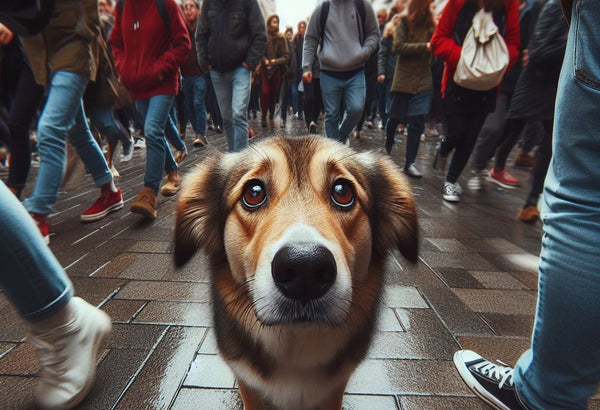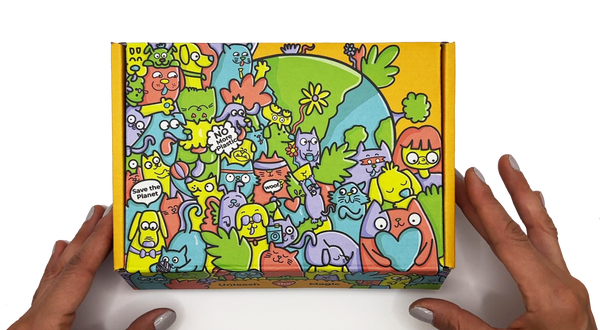
What Scares Dogs and How to Help Them Feel Safe: A Guide to Calming Canine Anxieties
Our beloved canine companions often seem fearless, bounding after squirrels with reckless abandon and barking with gusto at the mailman. However, beneath that brave exterior can lie a heart filled with unexpected fears. Understanding what scares dogs and knowing how to help them through it is crucial for fostering a happy and confident furry friend.
Demystifying Doggy Fears:
Dogs, like humans, experience a range of emotions, including fear. These fears can stem from various sources, broadly categorized as:
- Noises: Loud noises like thunder, fireworks, gunshots, and even vacuum cleaners can be terrifying for dogs due to their heightened sensitivity to sound.
- Objects and Situations: Unknown objects, sudden movements, crowded spaces, and even the veterinarian's office can trigger fear in dogs.
- Separation Anxiety: Being left alone can be a major source of stress and fear for dogs who crave companionship.
- Other Animals: Some dogs may fear specific animals like cats, other dogs, or even children due to negative past experiences or lack of proper socialization.
Recognizing the Signs of Fear:
It's important to be able to identify when your dog is feeling scared. Common signs include:
- Physical: Tucking tail, flattened ears, dilated pupils, trembling, panting, pacing, hiding, excessive licking, and even urination or defecation.
- Behavioral: Whining, barking, growling, snapping, trying to escape, or clinging to their owner.
Preventing and Managing Fear:
The good news is, there are steps you can take to help your dog overcome their fears and live a more confident life. Here are some strategies:
Desensitization and Counterconditioning:
- Gradually expose your dog to the feared object or situation in a controlled environment at a low intensity, while pairing it with something positive like treats or praise. This helps them associate the trigger with positive experiences, gradually reducing their fear.
- For example, play recordings of thunder at a low volume while rewarding your dog for staying calm. Slowly increase the volume over time as your dog builds tolerance.
Positive Reinforcement:
- Reward calm behavior when your dog encounters their fear trigger, encouraging them to associate calmness with positive outcomes.
- Avoid punishing fearful behavior, as this can worsen their anxiety.
Environmental Management:
- Create a safe space for your dog to retreat to when they feel overwhelmed, such as a crate or quiet room.
- During thunderstorms, close curtains, play calming music, and provide chew toys to distract your dog.
- If your dog is afraid of other dogs, avoid crowded areas and gradually introduce them to friendly dogs in controlled settings.
Seek Professional Help:
- If your dog's fear is severe or you're struggling to manage it on your own, consult a qualified animal behaviorist or veterinarian for personalized guidance and potentially, medication support.
Additional Tips:
- Socialization is key: Expose your dog to different people, places, and animals from a young age to help them become more comfortable in new situations.
- Maintain a consistent routine: This provides predictability and structure, which can reduce anxiety in dogs.
- Exercise is essential: Physical activity helps release pent-up energy and can improve overall well-being, making dogs less prone to fearfulness.
- Stay calm and confident: Your dog picks up on your emotions. Remain calm and reassuring when your dog exhibits fearful behavior.
Remember: Patience and understanding are key. By gradually exposing your dog to their fears in a positive and controlled environment, you can help them overcome their anxieties and lead a happier, more fulfilling life.

